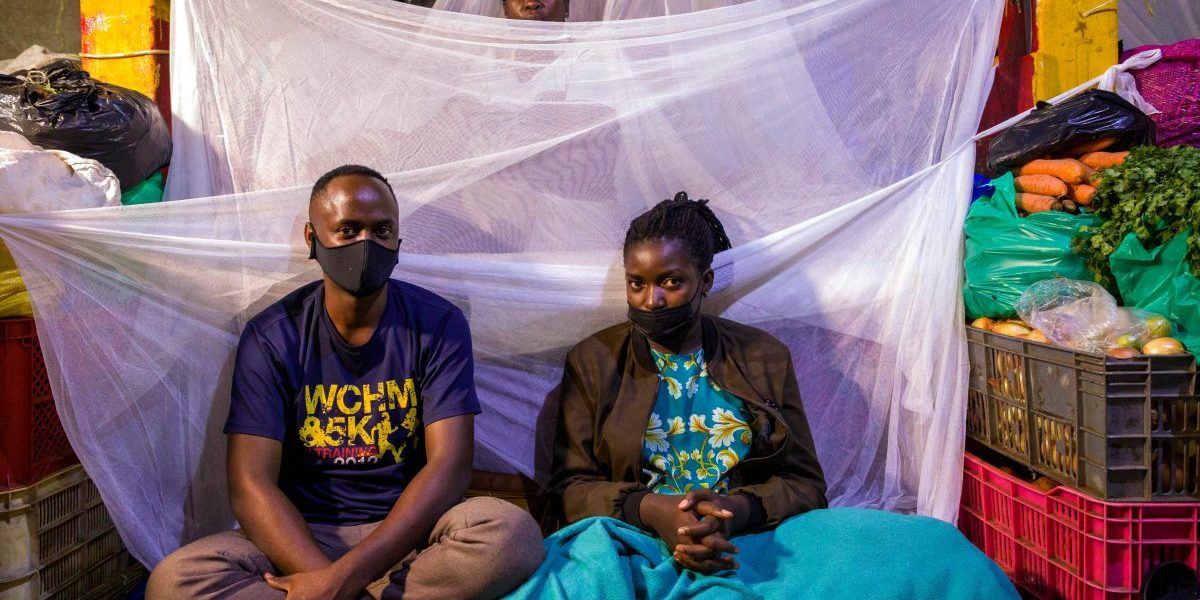Summary:
- This paper sought to explore the macroeconomic effect of COVID-19 on Uganda’s economy; the macroeconomic policy choices undertaken; and inclusiveness and viability of the various macroeconomic policy choices undertaken.
- The economy experienced an unprecedented economic and health shock, the effect of which dampened economic growth at 2.9 percent in FY2019/20 which affected especially the service sector and industrial.
- The slowdown in the service and industrial sectors resulted in reduced income and job losses among those employed in the respective sectors. Additionally, the low food inflation attributed to demand for food due to trade slowdown and low aggregate demand is likely to induce an increase in rural poverty.
- The GoU, through monetary, financial and fiscal interventions, attempted to moderate the economic impact of COVID-19 on the economy. Monetary policy intervention was specifically aimed at boosting private sector investment and household consumption through influencing the reduction in market interest rates. Indeed, the expansionary monetary policy resulted in relatively low interest rates.
- Also, the GoU intervention in the financial market to moderate against liquidity risk, capital adequacy risk and credit risk were successful as the sector was deemed stable given that all the financial soundness indicators were above the regulatory requirements. Investor confidence was enhanced as reflected by the relatively low market interest rates and low yields on government securities.
- Fiscal policy was equally successful in giving formal businesses a temporary liquidity shield through tax relief. However, this came at the cost of increasing public debt. The effect of which has been crowding out of the private sector due to increased domestic borrowing; increased external debt vulnerability as indicated by the PV of External Debt to Exports ratio implying that any shock to exports increases the risk of external debt default. Nonetheless, the number of formal businesses saved as a result of the liquidity and tax relief measures offered have protected jobs and livelihood and the survival of such businesses guarantees future tax payment which could be useful towards financing public debt.
- Besides formal businesses, an effort was made to target the informal sector and especially youths through the UGX 165 billion Emyooga poverty eradication scheme. However, the GoU ought to minimise leakages especially through corruption which could undermine the flow of the needed credit to youths. Furthermore, opening up the funds to persons in the informal sector outside the age bracket of 18 to 35 years would ensure inclusivity and most importantly funds allocation to the most viable SACCOs.







